The New Service Economy - KK-stiftelsen
The New Service Economy - KK-stiftelsen
The New Service Economy - KK-stiftelsen
Create successful ePaper yourself
Turn your PDF publications into a flip-book with our unique Google optimized e-Paper software.
<strong>The</strong> <strong>New</strong> <strong>Service</strong> <strong>Economy</strong><br />
If CTF is to be successful in creating a sustainable financing structure in<br />
the future, then a stronger and more sustainable contribution from the university<br />
to create a long-term CTF finance plan (up to 5 years) is needed.<br />
Another way of developing and sustaining the research from the profile is to<br />
find new and alternative sources of funding, for example two projects are<br />
conducted on packaging and steel industry supported by EU’s structural<br />
funds. However, these projects do not appear to be strongly related to the<br />
“service” focus of CTF.<br />
During the six year period of Knowledge Foundation financing CTF has<br />
grown continuously, but for the future the planning for sustainable financing<br />
will be the most important task on both the university and CTF.<br />
7. Information & Communication<br />
CTF has informed a variety of constituents about their research activities,<br />
particularly the collaboration with firms, via a wide range of media. To illustrate,<br />
CTF activities have been mentioned in media (newspapers, TV<br />
etc.), the researchers have presented the results in many scientific and practitioner-oriented<br />
seminars, and they have organised firm-internal seminars<br />
within the collaborating firms. CTF regularly publishes newsletters and their<br />
web site is well structured and regularly updated. Thus, many information<br />
activities have been carried out. <strong>The</strong> researchers have primarily communicated<br />
their findings to the collaborating firms directly and to the international<br />
scientific community. <strong>The</strong> latter has been done via the conference<br />
presentations and the scientific publications, which are numerous. <strong>The</strong> research<br />
group states in the self-evaluation report that the researchers have<br />
attempted to write articles in popular business magazines, but it has been<br />
difficult to get them published. <strong>The</strong> research has also been communicated to<br />
students via the teaching activities that the researchers have carried out domestically<br />
as well as internationally. All in all, the CTF has taken care of the<br />
information task.<br />
CTF states in their self-evaluation report that the main strategy for communicating<br />
the research results has been via personal dialogue – workshops,<br />
meetings, person-to-person interactions, and so forth. <strong>The</strong>y seem to have<br />
been quite successful in that providing information to industrial partners.<br />
However, a general overarching information and communication strategy<br />
seems to be lacking and there does not seem to be any one person who is<br />
particularly responsible for an information communication strategy. <strong>The</strong>re is<br />
no strategy for communication to the public via mass media or to political or<br />
industrial decision-makers (outside of the partner-firms). <strong>The</strong> apparent lack<br />
of such a strategy and the relatively low success in mass media communication<br />
may explain why CTF has not received the awareness and influence on<br />
research policy that it deserves. Not having a well-articulated communication<br />
strategy may also have hindered the research results from being com-<br />
68



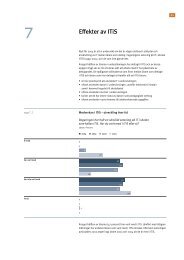
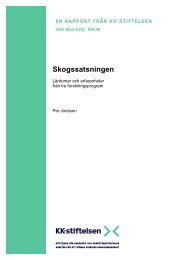
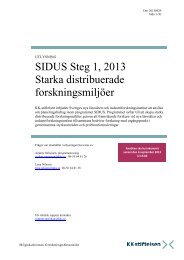
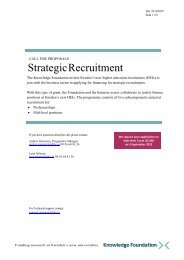
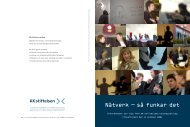
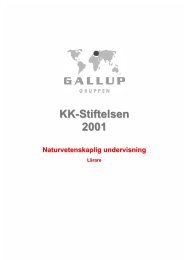
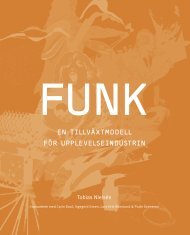
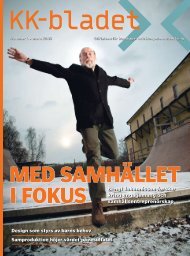

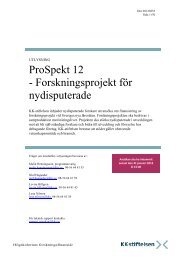
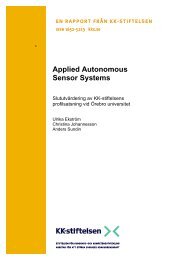

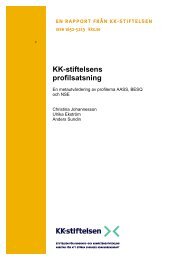
![[Klicka här och skriv titel] - KK-stiftelsen](https://img.yumpu.com/23861299/1/184x260/klicka-har-och-skriv-titel-kk-stiftelsen.jpg?quality=85)